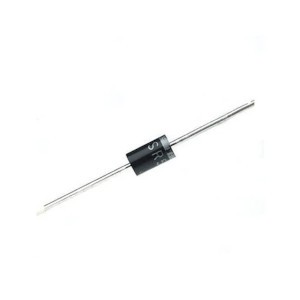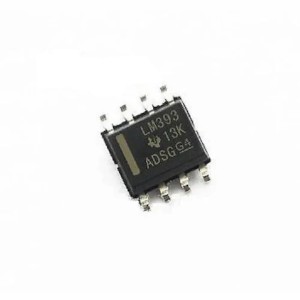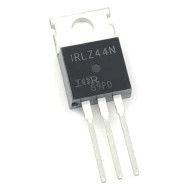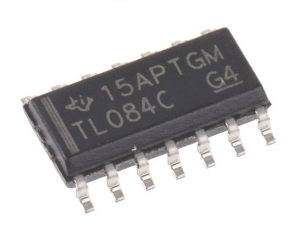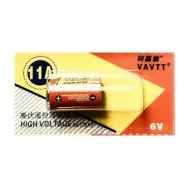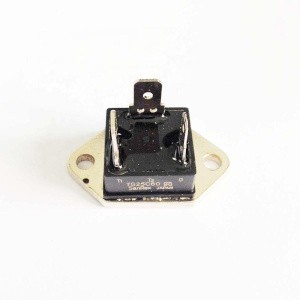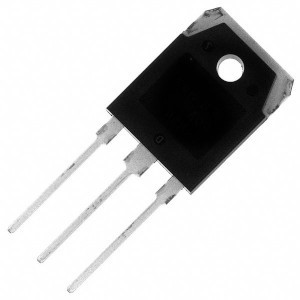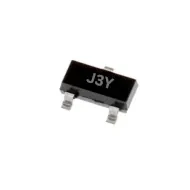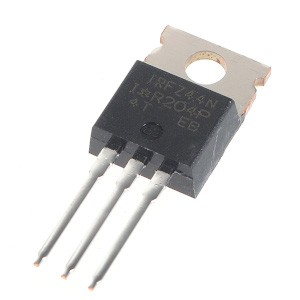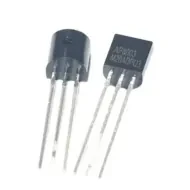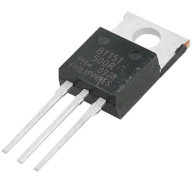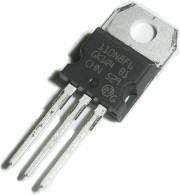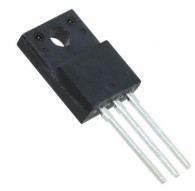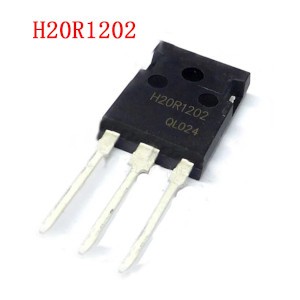

BTA16-800B 16A 800V 1W Triac
Inhouse product
-
৳320.00
Reviews & Ratings
The BTA16-800B is a high-performance TRIAC (Triode for Alternating Current) capable of handling high voltages and currents. It is typically used in AC switching applications, including motor speed control, light dimmers, and heating control.
Key Specifications
| Parameter | Value |
|---|---|
| Repetitive Peak Off-State Voltage (V<sub>DRM</sub>) | 800V |
| Maximum On-State Current (I<sub>T(RMS)</sub>) | 16A |
| Non-Repetitive Surge Current (I<sub>TSM</sub>) | 160A (8.3ms half-sine wave) |
| Gate Trigger Current (I<sub>GT</sub>) | 35mA (typical) |
| Holding Current (I<sub>H</sub>) | 35mA |
| Power Dissipation (P<sub>GM</sub>) | 1W |
| Package | TO-220AB |
Features
- High Voltage Tolerance: Rated for up to 800V, suitable for mains power applications.
- High Current Handling: Supports continuous currents up to 16A with proper cooling.
- Snubberless Design: Reduces the need for external components in many applications.
- Sensitive Gate Trigger: Can be triggered by low-current signals, making it compatible with microcontrollers.
- Insulated Package: TO-220AB with 2500V RMS insulation for enhanced safety.
Applications
- AC Motor Control: Fan regulators, motor speed control.
- Lighting Control: Dimmers for incandescent and LED lights.
- Heating Systems: Temperature-controlled heaters.
- Power Tools: Soft-start circuits for drills, saws, etc.
- Industrial Control: Relay replacement in industrial machinery.
Pin Configuration (TO-220AB Package)
| Pin | Function |
|---|---|
| Pin 1 (MT1) | Main Terminal 1 |
| Pin 2 (MT2) | Main Terminal 2 |
| Pin 3 (G) | Gate |
Typical Circuit
AC Load Switching with BTA16-800B:
- Connect MT1 to the neutral of the AC supply.
- Connect MT2 to one terminal of the load, with the other terminal connected to the live AC supply.
- Use an optocoupler or microcontroller to trigger the gate via a current-limiting resistor (typically 330-1kΩ).
- If required, add a snubber circuit (resistor-capacitor network) across the TRIAC to suppress voltage transients.
Design Considerations
- Gate Drive:
- The gate requires a trigger current of at least 35mA for proper operation.
- Use a resistor to limit the current from the control circuit.
- Heat Dissipation:
- Ensure adequate heat sinking to maintain the TRIAC's operating temperature below its maximum rating.
- Surge Current:
- Handle inrush currents carefully, particularly for inductive loads or high-wattage resistive loads.
- Snubber Circuit:
- For inductive loads (motors, transformers), use a snubber circuit to suppress voltage spikes.
Example Circuit: Microcontroller-Controlled Dimmer
Components:
- BTA16-800B
- Optoisolator with zero-cross detection (e.g., MOC3021)
- Resistors, capacitor, diode for snubber network
- AC load (e.g., light bulb or fan)
- Microcontroller sends a pulse to the optoisolator.
- The optoisolator triggers the TRIAC gate at the appropriate phase of the AC cycle.
- Adjusting the pulse timing (phase angle control) changes the load's power.
Resources
- Datasheet: BTA16-800B Datasheet
Frequently Bought Products
AP8003
BT151 500V 12A SCR
Product Queries (0)
Login Or Registerto submit your questions to seller
Other Questions
No none asked to seller yet
-
৳320.00
